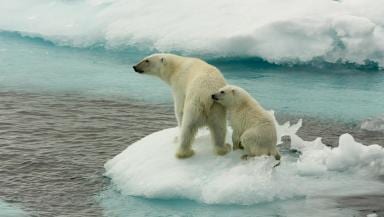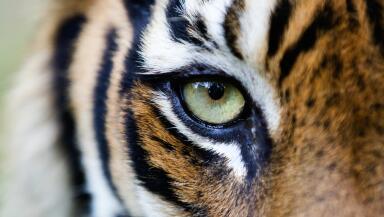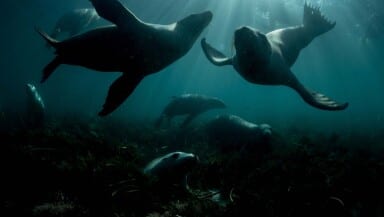It’s always a good time to celebrate the majesty and silliness of penguins. Here’s a rundown of the most fascinating, funny or important penguin facts we could find.
1. Giant penguins once roamed the planet
The first bird actually called a penguin was the now-extinct Great Auk found in the North Atlantic. Tragically, early explorers and their contemporaries found Great Auks a little too tasty, and the birds were all killed off.
Fossil evidence shows that penguins evolved before the dinosaurs died out, and there are remains of giant, people-sized, prehistoric penguins.
2. The world’s smallest penguin stands just over 30cm high
In comparison, the worlds smallest penguins are the Little Blue penguins. They are just over 30cm high on their flippers. (Yes, you’re thinking you could fit one in your bag, and keep it in your bath, arent you…?).
3. You’ll only find wild penguins in the Southern Hemisphere
All wild penguins live in the Southern Hemisphere, and although they are synonymous with the ice, only two species live on the continent of Antarctica. The Galapagos penguin is the only penguin that ever naturally ventures into the Northern Hemisphere on especially long feeding trips
4. Penguins’ black and white ‘tuxedo’ helps them avoid predators
Most penguins have black backs and a white belly. This makes them harder to see from above because they blend in with the dark ocean beneath them. And looking from below, their white underside matches the bright sky overhead.
And speaking of tuxedos, this might just be our favourite penguin fact of all:
The word for penguin in mandarin is 企鹅, which translates roughly to "business goose."
Indeed, penguins always look like they’re dressed in suits.
Happy #WorldPenguinDay! pic.twitter.com/Gqy8kBBaJv
— Melissa Chen (@MsMelChen) April 25, 2020
5. Penguins use some clever tricks to help them move faster
To move fast through the water, penguins use a technique called porpoising. To move quickly over the ice, they switch to tobogganning. Curiously, porpoises neither use toboggans nor do they use the word penguin as a verb.
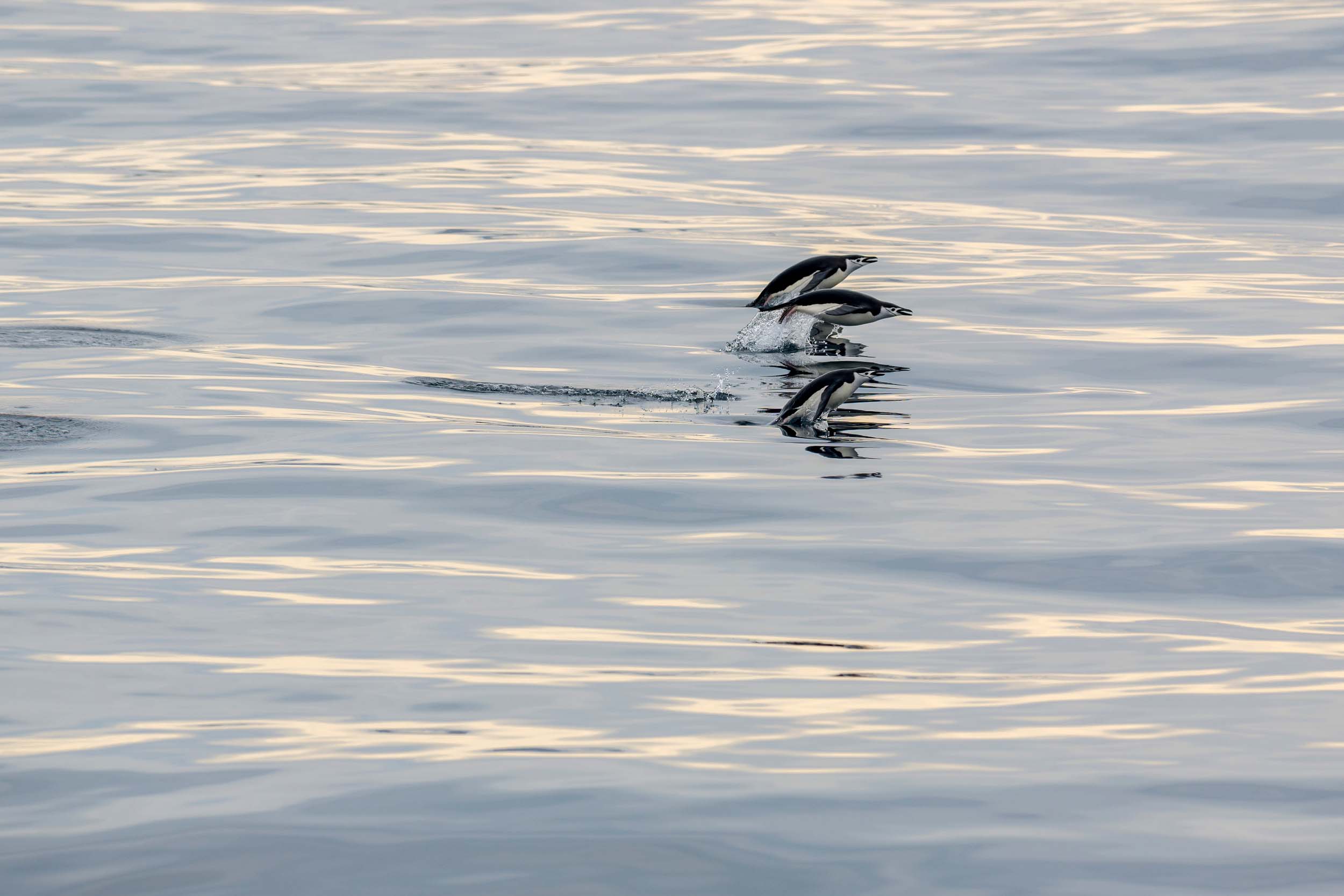
Penguins porpoising in the Antarctic Ocean. Although they’re hilariously clumsy on land, penguins are amazing swimmers. In the water, Chinstrap penguins can reach speeds of 20mph – four times faster than the best human athletes. © Christian Åslund / Greenpeace
Scientists have discovered that emperor penguins, the largest species, use a special bubble-power go-faster technology to increase their speed under water.
6. Penguins are media superstars
Penguins have been immortalised on the big and small screens: singing with Mary Poppins, stealing the Muppet Shows show, dancing their hearts out in Happy Feet, protecting the oceans with the Octonauts, and being a criminal mastermind in Wallace & Gromit.
Despite having brands of books and biscuits named after them, penguins show little interest in literature and are confounded by biscuit wrappers because they lack opposable thumbs.
7. Adelie penguins have extremely complicated love lives
Adelie penguins love rocks. They use them to make nests and they are in short supply. So what to do to get more rocks? Well, female Adelie penguins think nothing of offering sex to neighbouring males in exchange for a pebble. Pebble promiscuity is just the tip of the iceberg though. Early Edwardian scientists in Antarctica deemed the sexual shenanigans of these cute birds too shocking for the public to know about.
8. Penguin poo is visible from space
Penguin poo can be incredibly useful. Not only is it sometimes visible from space, but projectile pooing can be a handy way of deterring predators, or making a social comment.
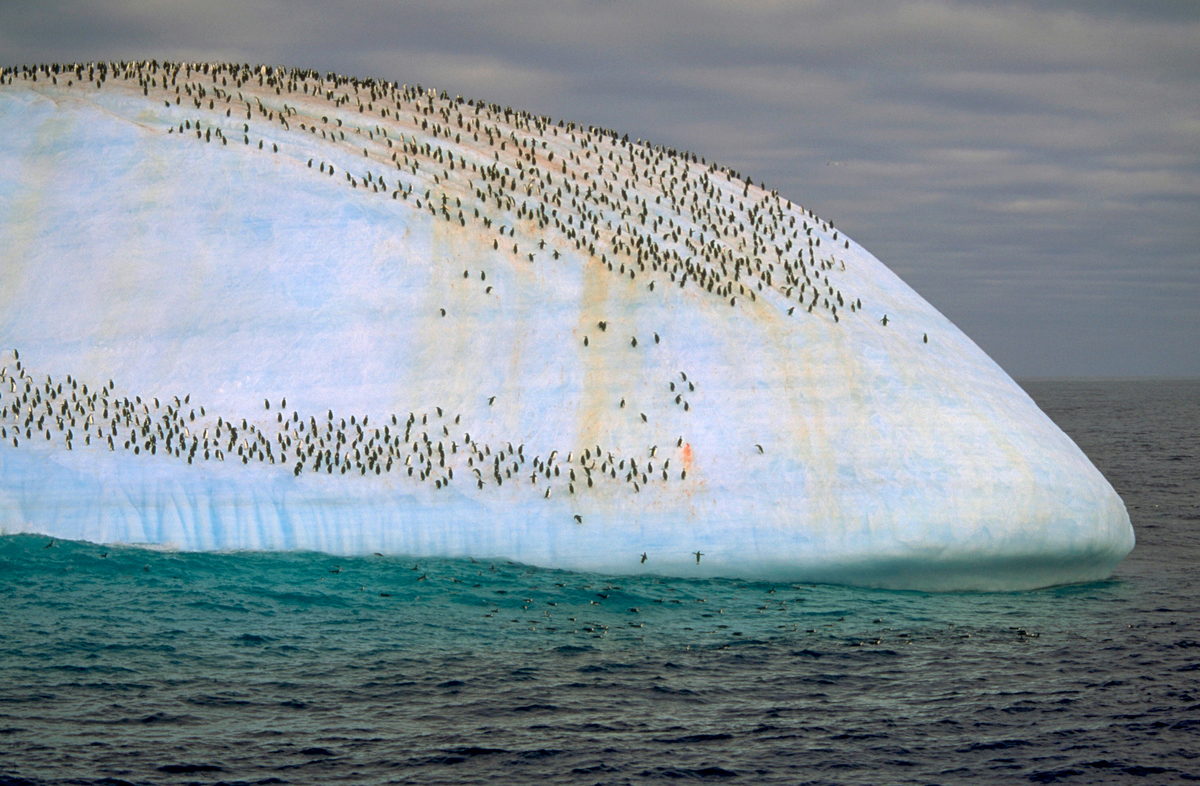
Penguins who had been the star attractions at Edinburgh Zoo for over a century had their beaks put out of joint when pandas arrived there a few years ago. Some of them resorted to a dirty protest aimed at the queues of panda visitors.
9. Penguins need our help
Greenpeace has been working with scientists to study penguin colonies in the Antarctic, and they’ve made some scary findings. Penguin numbers in the colonies they studied have dropped by almost 60% – with some colonies losing as much as 77% of their population since they were last counted in the early 1970s. The scientists here are talking about a ‘fundamentally changed’ ecosystem, and say that all the evidence they have points to climate change as the main culprit.
As wildlife struggles, we urgently need new ocean sanctuaries in the Antarctic and across the world. With these in place, animals like these penguins have the space to recover and adapt to our rapidly changing climate, safe from harmful industries.
Now you’ve got the facts about penguins, it’s time to help them out. Sign the petition asking the UK government to help deliver a strong Global Ocean Treaty, which would make these new ocean sanctuaries possible.
This article is adapted from an original by Greenpeace USA.

